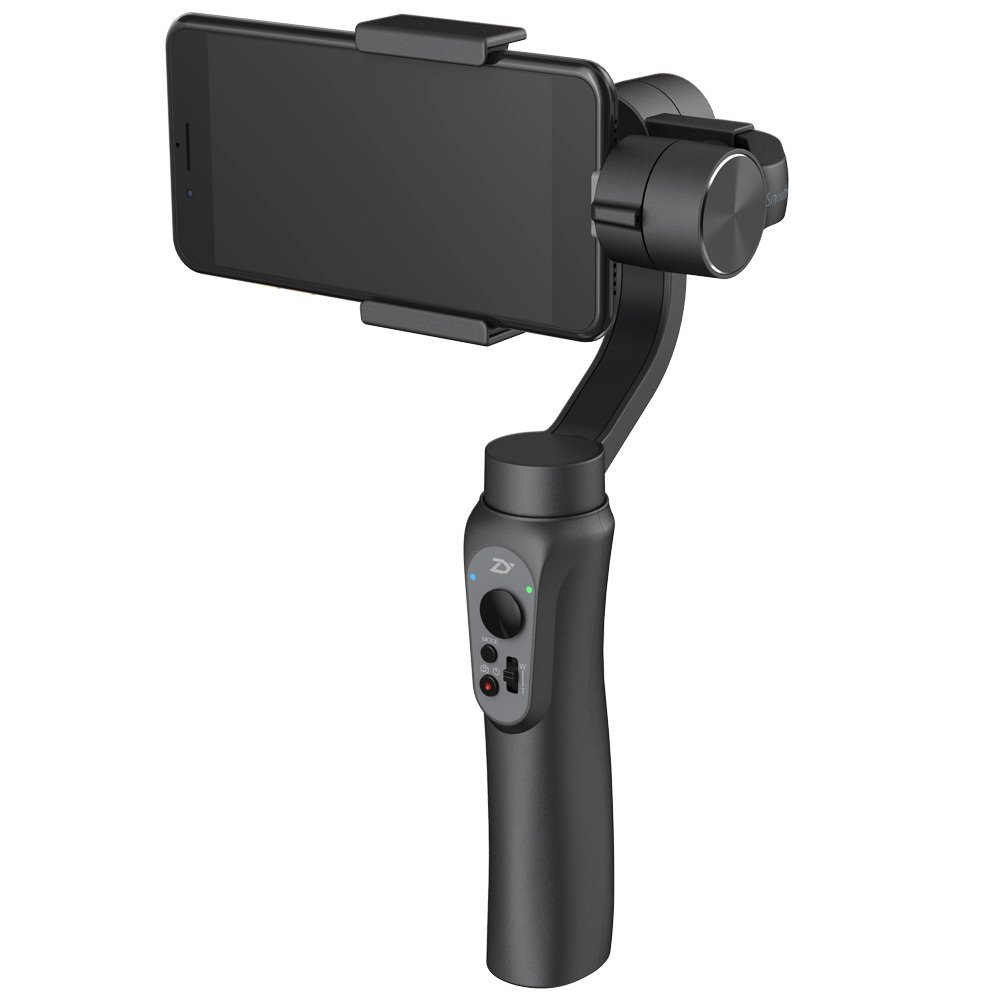
uctzt.over-blog.com/
10 Janvier 2021
Click Zoom on the left panel. Check the box next to 'Use scroll gesture with modifier keys to zoom.' Select a modifier key, such as Control or Command. Select a zoom style from the menu: Click Fullscreen to zoom in or out on the entire screen when you use these zoom features.
After re-evaluating our videoconferencing software picks, we can no longer give Zoom our full throated recommendation.
Check out the products mentioned in this article: Apple Macbook Pro (From $1,299.00 at Apple) How to optimally charge your MacBook Pro Depending upon the age of your MacBook Pro, there are two. I have a macbook pro and I have the latest update on illustrator. Until today, I have never had a problem with zooming in/out using my touch pad. Please advise, I understand that this was an issue once before approximately a year ago.
Share this post
If you're new to working from home, there's a pretty good chance that you're also new to using Zoom—our former pick for the best videoconferencing service. We're not the only ones who like it: Zoom has added millions of users over the past few months as teams shift to remote work in the midst of the coronavirus pandemic.
But although it's easy to get up and running with Zoom, you may not be aware of some of its best, most useful features (many of which are buried in advanced setting menus). At Wirecutter, we've been using Zoom daily for years, and we've learned a few tricks along the way. Here's what you need to know to get the most out of the service, even if you're using only the free, basic version.
If you've just rolled out of bed and right into a company meeting, sans coffee or makeup, check the Touch up my appearance box in Zoom's video settings menu. It basically functions like a soft-focus lens, adding a slight blur to skin tones and smoothing out wrinkles, blemishes, and other little imperfections.
Here's a dirty little trick: If you'd prefer not to be seen at all (and you're not planning to speak in the meeting you're attending) you can use a screenshot of yourself in a Zoom meeting as your profile picture. That way, you'll always look perfect—and look like you're paying attention.
Regardless of whether you're properly put together, we think it's a good idea to set Zoom to disable your camera and mic by default when joining meetings, and to enable the option to always see a video preview before you join. That way, you can catch any stains on your shirt or spinach in your teeth.
One of Zoom's coolest, most underutilized features is its Virtual Backgrounds—basically green-screen technology for your boring office meetings. Need an example? Here's Wirecutter lead engineer Courtney Wilburn on the deck of the USS Abraham Lincoln.
The caveat is that you need a strong processor or an actual green screen to make this technology work. Even with my Intel Core i5–powered 2019 MacBook Pro, I don't have sufficient processing power for Zoom to differentiate my face from the white wall behind me. When it works, though, it's glorious.

Windows 10 has a built-in feature called Focus Assist that does just this. Just head to Settings > System > Focus Assist, and toggle When I'm duplicating my display to On. You can also toggle it manually from the Action Center found at the bottom right of the Windows 10 taskbar. Mac users need to employ a third-party app to automate the process. Our favorite is Muzzle, which simply toggles on macOS's built-in Do Not Disturb mode whenever you start screen sharing, so you don't forget. (Check out the Muzzle website for hilarious examples of the kind of wince-inducing texts and dating-app notifications you can prevent your colleagues from seeing.)
Zoom's screen-sharing feature is extremely deep, letting you share your entire desktop or specific apps. But did you know it has a built-in whiteboard? Sure, it's useful for mapping out complex ideas and communicating visuals, but we've probably used it more often as a delightfully low-tech way to play Friday-afternoon games like Pictionary and Hangman.
Most Zoom users are good about muting, but in large meetings there's usually at least one person who forgets to hit that mute button and ends up broadcasting a private conversation, baby cries, or … worse.
What many hosts don't realize is that they have the power to mute these rogue talkers. If you want everyone to join the meeting muted by default, you can make that happen by toggling Mute participants upon entry in the Schedule Meeting section of Zoom's account settings. And if someone forgets to stay muted, you can hit Manage Participants in the app and click the mic icon next to the person you want to silence. This is a feature you're likely to find yourself using far more than you expect, hopefully saving your colleagues some embarrassment.
Attendees who are muted can of course unmute themselves, but there are other ways to keep a large meeting from descending into chaos. You can press and hold the spacebar to temporarily unmute yourself—sort of like with a walkie-talkie—or open the Participants tab at the bottom of the Zoom window and hit Raise Hand to be called on by the moderator.
Zoom's built-in scheduling function ties into iCal and Google Calendar, which makes organizing meetings a surprisingly seamless process. The scheduling setup screen even provides some thoughtful options that other videoconferencing services don't, such as the option to start the meeting with video on or off (for both the host and participants), what sort of audio sources to allow, and whether to use your Personal Meeting ID (a dedicated number for your own room) or a randomly generated room number.
With huge numbers of workers and students moving to Zoom and other videoconferencing platforms during the COVID-19 epidemic, an unfortunate new trend has arisen in online meetings: 'Zoombombing.' Think of it like photobombing—someone finds or guesses your meeting URL, jumps into your chat uninvited, and puts themselves on camera. The results can be disturbing, to say the least.
Zoom has helpfully shared some tips in a Twitter thread, but here's the condensed version of what you can do as a host to prevent this kind of harassment:
If you follow these tips and someone still acts up during a call, remember that hosts can (and should) mute rogue talkers and have the power to kick anyone out of the meeting at any time.

Yes, your host can do it for you, but come on: Be a responsible adult and smash that mute button unless it's your turn to talk. You'll save yourself some embarrassment, and everybody else won't have to hear you eating your salad.
by Jason Chen
The coronavirus has turned life upside down. These are the things that have made living, working, and taking care of ourselves (all from home) easier.
